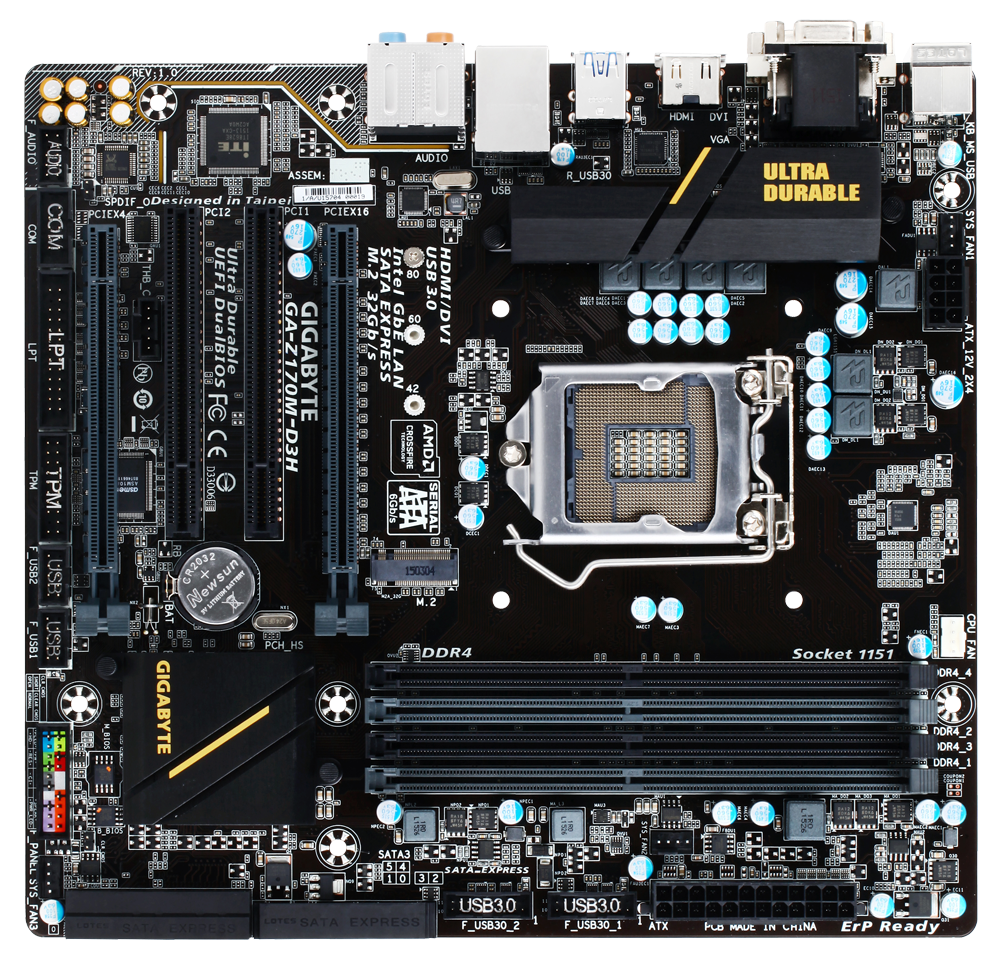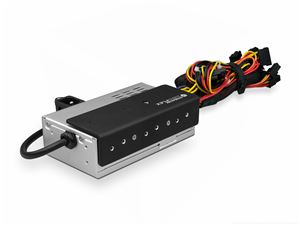Over the last few months I have had a number of requests to document my music server build. I finally got around to collecting and organizing my pictures and references.
There are a number of such efforts such as CA's "CAP" series of music server specs. I have read through them and much of what they do there doesn't make any sense to me and bring a ton of complexity. As an example is using a server-class motherboard, Windows Server OS which is expensive and very difficult to manage for ordinary users, expensive linear power supplies, etc.
The approach of then minimizing the tasks on the OS true third-party tools also doesn't make sense to me. From noise and jitter point of view, you want a chaotic/random activity. Removing all but a few system processes means both of these components can be become more correlated, predictable and hence potentially audible.
My goal in building my own server was much more down to earth:
1. 100% quiet. No fans. No spinning parts. Acoustic noise is obviously audible (at least at close distances) so I wanted to avoid that. Having had other servers run 24/7 I also find fans both in the power supply and chassis collect a ton of dust, push said dust into the machine, and are prime source of failures.
2. Low heat generation/power consumption. The enemy of reliability is heat. And fanless cooling of a beast of a machine is much harder than a low-power system. I also like to put my server in the cabinet and not have any worry of it overheating itself, or cooking other components around it. Again, this is a lesson learned from running a home theater PC 24/7 for many years.
3. While #2 calls for a very low (CPU) power machine, I like to have ample peak horsepower to handle Equalization and sample rate conversion.
4. Attractive. A large, tower PC is ugly and hard to put in a cabinet/rack. So I opted to go by home theater PC enclosures which give the look of a stereo component.
5. Guarding against early obsolescence by using the latest components.
My target scenario is running Roon music server and library manager. Access to it would be through Android tablets and my laptop computer. Roon allows automatic update of its software on all platforms so I don't need a keyboard and mouse to mess with it on my server (though I do have wireless keyboard/touchpad).
All music would be located on a Networked Attached Storage (NAS) connected to the music server via Gigabit Ethernet. This allows me to buy music on my laptop while in the living room, store them on the NAS and for it to be available to play on my system through Roon. The NAS also provides reliability and by remote placement, free of any noise by the main audio system.
Since everyone names their servers, let's call this ASR Music Server or (AMS) for short.

There are a number of such efforts such as CA's "CAP" series of music server specs. I have read through them and much of what they do there doesn't make any sense to me and bring a ton of complexity. As an example is using a server-class motherboard, Windows Server OS which is expensive and very difficult to manage for ordinary users, expensive linear power supplies, etc.
The approach of then minimizing the tasks on the OS true third-party tools also doesn't make sense to me. From noise and jitter point of view, you want a chaotic/random activity. Removing all but a few system processes means both of these components can be become more correlated, predictable and hence potentially audible.
My goal in building my own server was much more down to earth:
1. 100% quiet. No fans. No spinning parts. Acoustic noise is obviously audible (at least at close distances) so I wanted to avoid that. Having had other servers run 24/7 I also find fans both in the power supply and chassis collect a ton of dust, push said dust into the machine, and are prime source of failures.
2. Low heat generation/power consumption. The enemy of reliability is heat. And fanless cooling of a beast of a machine is much harder than a low-power system. I also like to put my server in the cabinet and not have any worry of it overheating itself, or cooking other components around it. Again, this is a lesson learned from running a home theater PC 24/7 for many years.
3. While #2 calls for a very low (CPU) power machine, I like to have ample peak horsepower to handle Equalization and sample rate conversion.
4. Attractive. A large, tower PC is ugly and hard to put in a cabinet/rack. So I opted to go by home theater PC enclosures which give the look of a stereo component.
5. Guarding against early obsolescence by using the latest components.
My target scenario is running Roon music server and library manager. Access to it would be through Android tablets and my laptop computer. Roon allows automatic update of its software on all platforms so I don't need a keyboard and mouse to mess with it on my server (though I do have wireless keyboard/touchpad).
All music would be located on a Networked Attached Storage (NAS) connected to the music server via Gigabit Ethernet. This allows me to buy music on my laptop while in the living room, store them on the NAS and for it to be available to play on my system through Roon. The NAS also provides reliability and by remote placement, free of any noise by the main audio system.
Since everyone names their servers, let's call this ASR Music Server or (AMS) for short.

Last edited:



